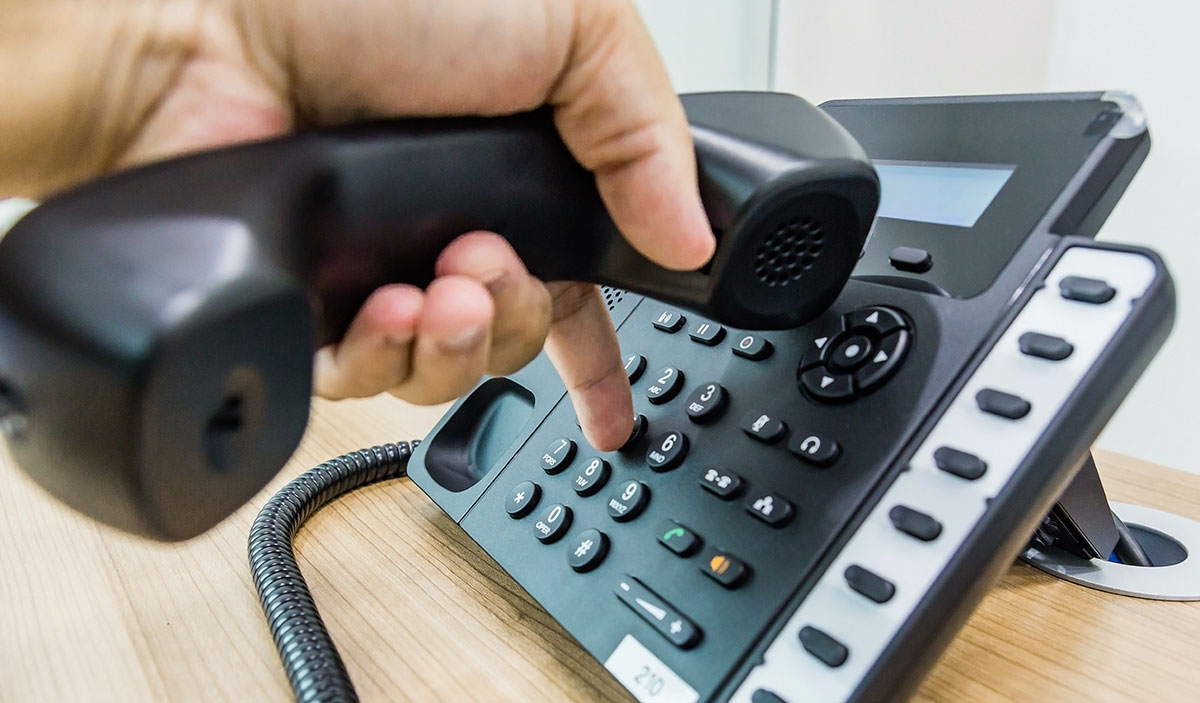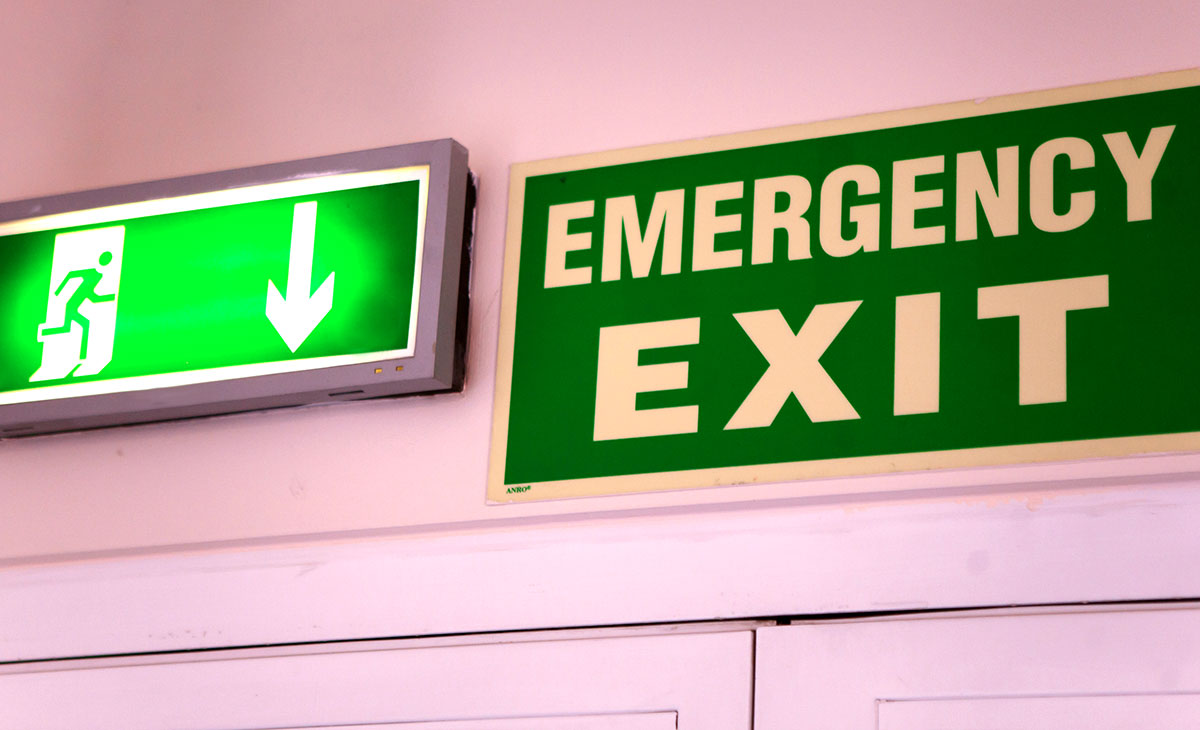
Landlord’s Guide to Creating a Rental Property Emergency Preparedness Plan
In Las Vegas, having a rental property emergency preparedness plan is crucial for landlords. This plan is more than just a precaution; it’s a lifeline during unforeseen crises. Every landlord needs this comprehensive strategy to safeguard their property and, more importantly, ensure tenant safety. This is a key landlord responsibility, after all.
From unexpected natural disasters to unforeseen emergencies, being prepared can make all the difference. So, today, Reno Property Management will explore how an emergency plan protects your investment and the well-being of your tenants.
Importance of a Rental Property Emergency Preparedness Plan
Indeed, planning ahead is pivotal for safeguarding your investment. It serves as a shield against unexpected events that could potentially damage your property, causing financial losses. By identifying potential risks and preparing for emergencies in advance, landlords can mitigate damages and ensure swift recovery after crises.
A comprehensive emergency plan also fulfills a critical responsibility towards your tenants. Ensuring tenant safety is a primary concern for any landlord. A well-prepared plan establishes protocols for communication, evacuation, and necessary supplies, minimizing risks and promoting a secure environment for occupants.
What’s more, beyond meeting legal obligations, prioritizing tenant safety cultivates trust and fosters positive landlord-tenant relationships. Ultimately, an emergency plan acts as a dual-purpose tool: protecting your financial stake while fulfilling your duty and promoting trust.

An emergency plan helps secure the safety of your property and tenants.
Creating Your Rental Property Emergency Preparedness Plan: the Basics
So, creating a rental property emergency preparedness plan starts with a set of fundamentals. Let us briefly outline those before delving any further.
First, any solid plan begins with a thorough assessment of potential risks. Identifying these risks, such as extreme heatwaves or flash floods, allows landlords to tailor their plans accordingly, ensuring readiness for the most likely scenarios.
This assessment should always be local; Las Vegas, in our case, is prone to specific emergencies. This means you may need to account for heatwaves, flash floods, earthquakes, wildfires, and power outages. However, other cities have challenges you may need to account for if you own rental property there. For instance, professionalmoverottawa.com notes that Ottawa is most prone to winter storms, thunderstorms, and tornadoes. So, such local challenges will require distinctly different approaches.
Furthermore, understanding and adhering to local regulations is essential. Being well-versed in these regulations helps avoid legal complications and enhances the safety measures for tenants. This proactive approach complies with the law and prioritizes tenant safety, demonstrating a commitment to providing a secure living environment.
Key Components of a Comprehensive Plan
Once you’re past the basics and have accounted for local factors, all robust plans share a set of key components.
1) Emergency Contacts
Building a reliable network of emergency contacts is a key component of a comprehensive rental property emergency preparedness plan. Landlords should compile a list of essential contacts, including local authorities, maintenance personnel, utility companies, and emergency services. Having these contacts readily available ensures swift communication and action during crises.
Maintaining updated contact information is also crucial to ensure effectiveness when emergencies arise. This proactive approach enables quick responses, enhances coordination, and reinforces the safety net for the property and its tenants.

Emergency contacts are a key component of any emergency plan.
2) Communication Protocols
Moreover, communication protocols are vital for keeping tenants informed and safe. Clear and concise communication channels, such as email chains, text alerts, or designated notice boards, should be established to relay crucial information promptly during emergencies. It’s equally essential to outline procedures for disseminating updates, evacuation instructions, and safety guidelines to ensure that tenants are well-informed.
Regularly educating tenants about emergency protocols and providing them with necessary information is invaluable in all cases. It fosters a sense of security and empowers them to respond effectively in unforeseen situations, benefitting everyone involved.

3) Essential Supplies and Equipment
Next, stocking up on essential supplies and equipment is another crucial element of any comprehensive rental property emergency preparedness plan. Landlords should ensure a sufficient inventory of emergency items like first aid kits, flashlights, batteries, and non-perishable food. Regularly checking and replenishing these supplies is essential to maintain readiness.
Additionally, having necessary equipment such as generators on hand can prove invaluable during power outages. Water purifiers can also help respond to water supply disruptions. By proactively stocking up, landlords can support tenants during emergencies while minimizing the impact of unforeseen events on the property.
4) Evacuation Plans
Lastly, creating clear and actionable evacuation plans is crucial for ensuring tenant safety during crises. These plans should outline designated evacuation routes, assembly points, and procedures for different emergencies. In our context, these should best match emergencies like fires, floods, or other hazards specific to Las Vegas.
In addition, regularly conducting drills and educating tenants about evacuation protocols enhances their preparedness and responsiveness during emergencies. Prioritizing well-defined evacuation strategies ensures that tenants can swiftly and safely vacate the premises, minimizing potential risks to their safety.

Emergency plans should include clear information on evacuation protocols and emergency exits.
Relocating and Moving Furniture in Emergencies
During emergencies, temporary relocation measures are vital in ensuring tenants’ comfort and safety within a comprehensive rental property emergency preparedness plan. Providing guidance on temporary accommodations or alternate shelter options supports tenants in navigating uncertain situations.
Additionally, safeguarding furniture is essential. To prevent damage or loss, advise tenants to secure valuable belongings, particularly by moving heavy furniture. It’s crucial to make sure nobody gets hurt during this process:
- Encourage tenants to enlist help or use proper equipment when moving heavy items to avoid injuries.
- Suggest storing furniture in elevated areas or sealing it in protective coverings to protect it against water damage or other hazards.
- Offer practical tips like disassembling large furniture pieces for easier transportation or using padding materials.
Such practices can significantly aid in preserving tenants’ belongings during emergencies, contributing to their overall well-being and sense of security.
Implementing and Testing Your Plan
Finally, implementing and testing your rental property emergency preparedness plan involves two essential components: training and education. Both should, of course, also be combined with regular testing for efficiency and adaptability.
Begin by providing thorough training and education to yourself and your tenants about the plan’s protocols and procedures. Conduct training sessions, distribute informational materials, and ensure everyone understands their roles and responsibilities during emergencies. Encouraging tenant involvement through informational meetings or handouts helps foster a community-oriented approach to safety.
Moreover, regular testing of the emergency plan is crucial. Conduct drills and simulations periodically to assess the plan’s effectiveness and identify potential areas for improvement. Simulating various emergency scenarios allows you to evaluate the plan’s adaptability and make necessary adjustments. Regular testing ensures that everyone is familiar with their roles and enhances the overall responsiveness and efficiency of the plan.
Conclusion
In conclusion, implementing a rental property emergency preparedness plan is both a precautionary measure and a crucial responsibility for landlords. Prioritizing tenant safety and protecting your investment requires proactive planning, clear communication, and regular testing of the devised strategies.
By assessing risks, complying with regulations, and building robust communication channels and evacuation protocols, landlords can ensure a secure living environment for tenants during unforeseen crises. Regular training sessions and rehearsals further enhance the plan’s efficiency and adaptability.
Ultimately, a well-structured plan isn’t merely a document. It’s a proactive approach that demonstrates care, fosters tenant trust, and fortifies safety nets for all involved in the property.